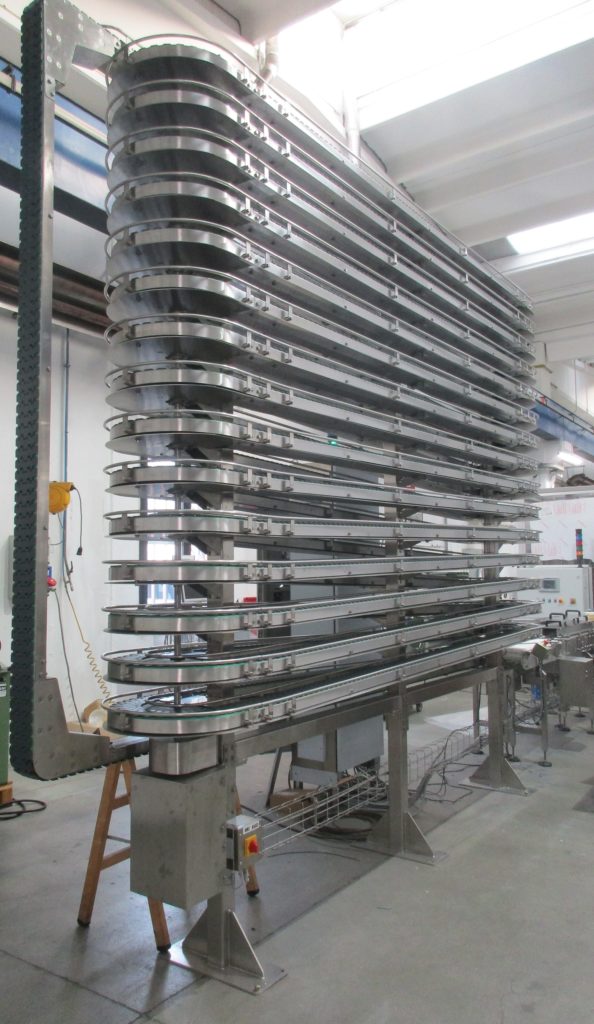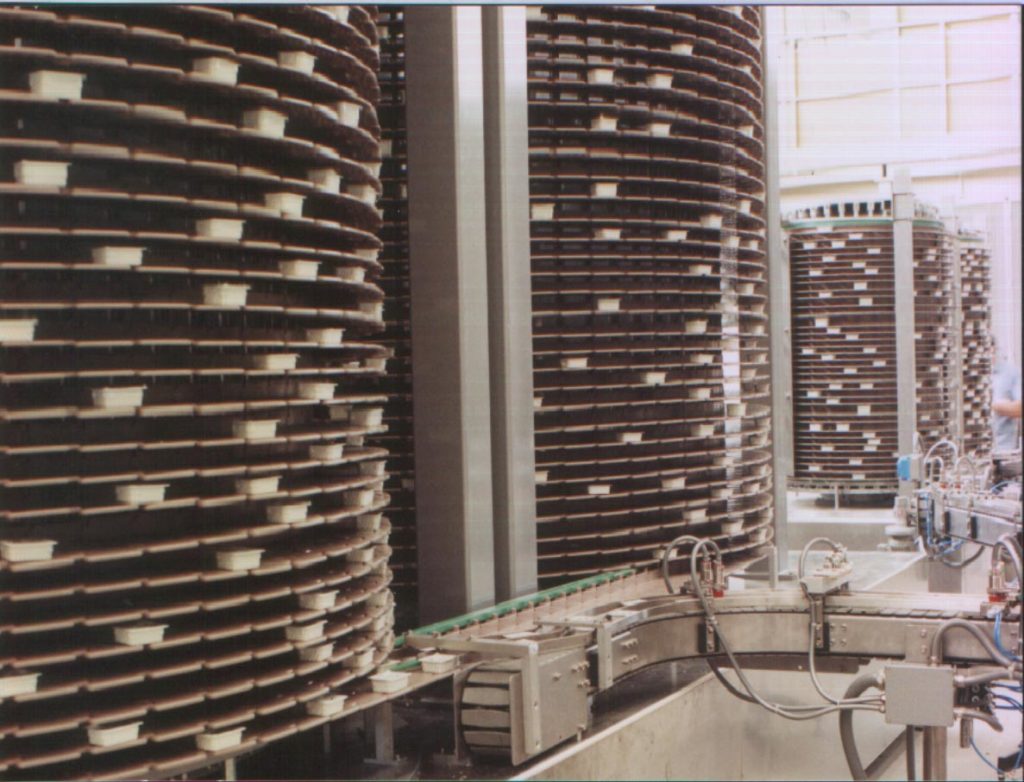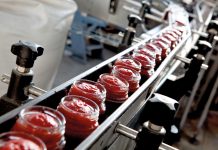
Ready-meals market: the impact on production lines requires a significant technological adaptation.
The ready meals market has been extremely interesting for many years now. Whether it is a sign of social changes or new people’s consumption habits, it shows different alternating trends: single portions for singles or for those who eat fast meals at work; frozen or freeze-dried family formats for families, where both members of the couple work full-time and have less time available; or vegetarian and vegan dishes.
The list is much longer, but two trends are particularly interesting for MH Material Handling at the moment, because they require a more significant technological adaptation, both in the production phase and later in the whole supply chain.
“I am referring in particular to the search for more elaborate and higher quality recipes, as fresh as possible”, explains Luca Fontana, MH sales director, “and to the environmentalist drive that leads to a radical rethink of the – forcibly disposable – packaging of products to be consumed even on a daily basis. In the light of these considerations, we want to focus on gastronomy, including the different recipes for fresh pasta, savoury pies and prepared meats that can be combined with different side dishes”.
Attention to packaging
The first element to be analyzed is, obviously, the type of packaging and things are already complicated. In fact, the need to position a fresh and not frozen product on the shelf, which should therefore be packaged in modified atmosphere, clashes with the fact that the packaging materials suitable for this type of packaging cannot be biodegradable or compostable (at least at present), while some compromise can be obtained with vacuum.
Whether you choose compostable materials or stay on the plastic – as long as it is recyclable – with the push for maximum reduction in the amount of material used, the result from the point of view of the manufacturer of processing or packaging machines is the same: you will have to deal with more delicate, fragile or at least very deformable products that therefore introduce some complications.
The first sore point concerns the performance of existing machines: lighter and thinner materials or materials with different characteristics may require a lower line speed, provided the machine has this flexibility. The worst situation is, of course, that the entire machine must be replaced. The second problem, which has the greatest impact for those who – like M. H. Material Handling – make conveyor belts, is that the possibility of product accumulation is reduced or even disappears.

Problems, however, go hand in hand with opportunities; and in this case the required production can be divided on several slower machines, starting with the tray unstackers that will now work on a larger number of rows. The linear speed of the conveyor belts will also decrease, to the advantage of less stressed mechanics and ultimately more efficient lines. While it is not a major problem to increase the number of rows in the case of processing lines and ovens (as they already have this mode of operation), for sealers and secondary packaging machines things may be a bit more complicated.
Reducing the possibility of accumulation, the management of micro-stops for connections or for the transfer to the packaging storage area (reels or cardboard) becomes critical. The duration of the stops may also increase, as lighter packaging materials may correspond to a longer cleaning or washing cycle. There is a solution also to this, and it can be useful for compensating the differences in production flows coming from various machines on the line.
Buffer Systems
Inserting a buffering system, strictly WITHOUT PRESSURE, is the right answer. The choice of LIFO or FIFO mode of operation depends solely on the product, its useful life and the ability to stand still on the production line for several minutes without deteriorating or suffering quality degradation. We can take the example of an application recently developed in the gastronomy sector of a large-scale retailer’s customer.
MH’s BAT-Buffer, here in stainless steel version, has been placed at the exit of the oven and before the tray sealer. The oven is obviously a machine that does not allow stops, to avoid the destruction of the product and even the risk of fire. The buffer system allows the line operators to have about five minutes to solve the micro-stops or, in case of catastrophic breaks, to organize the stop of the line and the manual emptying of the oven.
A final mention on cooling (Heliflex) or refrigeration systems: from a mechanical point of view these devices do not suffer particular impacts when used with the new packages; however, the heat exchange and therefore the cycle time may change, and therefore it is good practice to make a check in this sense.



